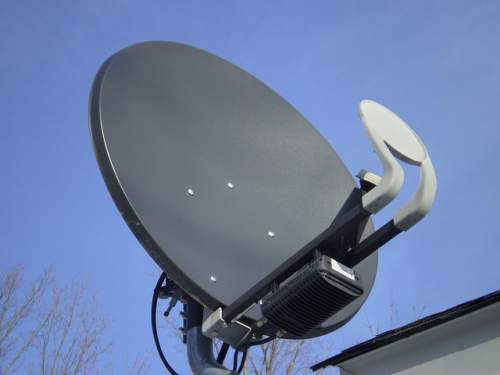Earlier, when you buy a television, the antenna would be provided by the television manufacturer. However, these antennas are of poor quality and would not give you strong signals to enjoy uninterrupted entertainment. When the antenna is not placed in the right direction, there is always a problem that is faced by the viewer. Now with high definition television, you are able to watch your favorite TV channels with high clarity and sharpness. You have to buy and install a digital TV aerial or antenna. Few of the options do not even require TV aerial installation.
However, here is the step by step process you must follow for TV aerial installation
Select the right TV aerial or antenna
There is a wide range of antennas available in the market. You have to choose the right one, which is quite intimidating for many. However, you can take the help of a professional to choose the right antenna that meets your needs and based upon the location
There are three different types of antennas available in the market:
Small multi-directional
These are the smallest of all antennas, which would help you receive strong signals from different directions.
Medium multi-directional
It is bigger and highly effective when compared to the smaller ones. You would get a novel stick along with the shape of the wing that would give a proper signal.
Large multi-directional
With its bigger size, you would receive a stronger signal. It is ideal to be used in the areas where you have to get the signal from a farther distance.
Small directional
It produces a quality picture. However, you can only attain the picture quality when the reflecting structure is not present.
Medium directional
The size and grain reducing traits would make this type of antenna highly popular in the market.
Large directional
It is widely used in the areas where the antenna signal is weak as it offers high TV reception.
Prep up the aerial for the installation process
When you are beginning to install the antenna, you should learn about various channels and compass headings. However, you can seek the help of a professional. Ensure that the mounting bracket is rigidly stuck to the wall. You have to follow the instructions given for the mounting kit. Ensure to use the screws and silicone bolts that protect the material from extreme weather conditions. You can mount an antenna to the wall by drilling the wall. It is essential for you to leave a gap of around 12 to 14 inches from top to bottom. So this won’t let the antenna pole to sway when there are strong winds.
Setup the aerial or antenna and the pole
This step totally relies on the antenna you have purchased. The antennas would not be fragile but would be stronger and highly durable. When the antenna is ready, it is time for you to lose the screws and bolts to mount them to the bracket. This helps you to slide the pole to the edge of the sleeve. You can snugly fit the pole by using bolts.
Attach the antenna to the pole
You can assemble the antenna to the pole. For that, you have to lose the bolts that are equipped to the antenna sleeves. You have to slide the antenna on the pole until the top one would meet the sleeve of the pole. Subsequently, rotate the antenna in the right direction from where you would be receiving the signals stronger, especially towards the broadcast tower. You do not have to tighten the bolts since there are high chances for you to adjust the antenna in a different direction later due to poor signal.
Time to connect the antenna that is installed to the Television
You have to use the right and durable coaxial cable to connect the antenna to the Television. Ensure to attach the cable to the terminal of the antenna, and the other end of the cable should be inputted to the Television. You can ask your family members to tune to various channels and check whether or not it is working fine. If not, you keep on adjusting the direction of the antenna. When you have set the right direction, you can tighten the antenna that is connected to the pole using the bolts.
Electrical grounding
You have to ground the antenna to avoid electrical shocks.
